Last updated on
Discover the various factors that can influence the cost of moving plumbing in your kitchen, a task that requires careful planning and professional execution.
Moving plumbing in the kitchen can be a daunting task, both in terms of effort and cost. Whether you’re considering a complete kitchen remodel or simply rearranging the layout, relocating plumbing is often necessary.
But how much does it actually cost to move plumbing in the kitchen? In this article, we’ll break down the factors that influence the cost and provide you with some valuable insights to help you plan your budget accordingly. So let’s dive right in and explore everything you need to know about the expenses involved in moving plumbing in your kitchen!
What's Inside
“Understanding the Basics of Kitchen Plumbing”
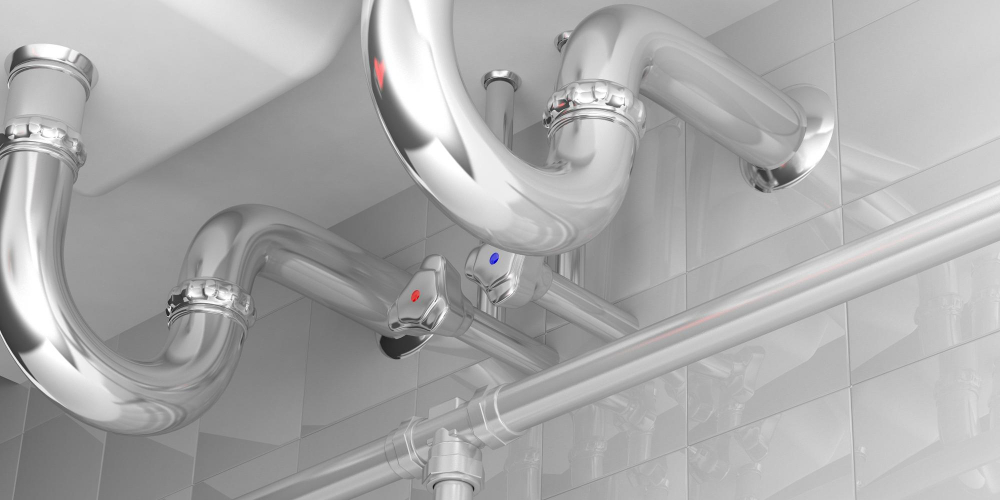
Before we delve into the cost of moving plumbing in your kitchen, it’s essential to have a solid understanding of the basics. Kitchen plumbing involves a complex network of pipes and fixtures that supply water and remove waste.
This intricate system ensures that you have access to clean water for cooking, cleaning, and other daily activities.
In most kitchens, there are three primary components: the sink, dishwasher (if applicable), and refrigerator with an ice maker or water dispenser. These elements require both hot and cold water connections as well as drainage systems.
The main supply line brings fresh water into your kitchen from either a municipal source or private well. From there, it branches off to various fixtures through individual pipes known as supply lines.
The drain lines carry wastewater away from sinks and appliances like dishwashers.
Understanding how these components work together is crucial when considering any changes to your kitchen layout or relocating plumbing fixtures within the space. It helps you grasp why moving plumbing can be challenging but also provides insight into potential cost factors associated with such projects.
“Understanding the Cost to Move Plumbing in a Kitchen”

It requires careful planning, professional expertise, and of course, budget considerations. Understanding the cost involved in moving plumbing can help you make informed decisions and avoid any financial surprises along the way.
Several factors influence the cost of moving plumbing in your kitchen. One significant factor is the size and layout of your kitchen.
Larger kitchens with complex layouts may require more extensive work to relocate pipes, resulting in higher costs compared to smaller or simpler setups.
The distance that needs to be covered by new pipes also plays a role in determining costs. If you’re rearranging your kitchen’s layout drastically or relocating fixtures far from their original position, additional materials and labor will be required for longer pipe runs.
Another crucial consideration is location within your home. Moving plumbing on an exterior wall might involve extra steps such as insulation or rerouting existing lines around windows or doors – all adding up to increased expenses.
Specific fixtures like sinks, dishwashers, refrigerators with water lines, stoves with gas connections – each have their own associated costs when it comes to relocation during a remodel project. Building regulations, permit fees, material costs, and even hidden expenses can impact overall expenditure significantly.
To accurately estimate these various elements’ cumulative expense while staying within budget constraints requires thorough research and consultation with professionals experienced specifically in this field.
“Factors Determining the Cost of Moving Plumbing”
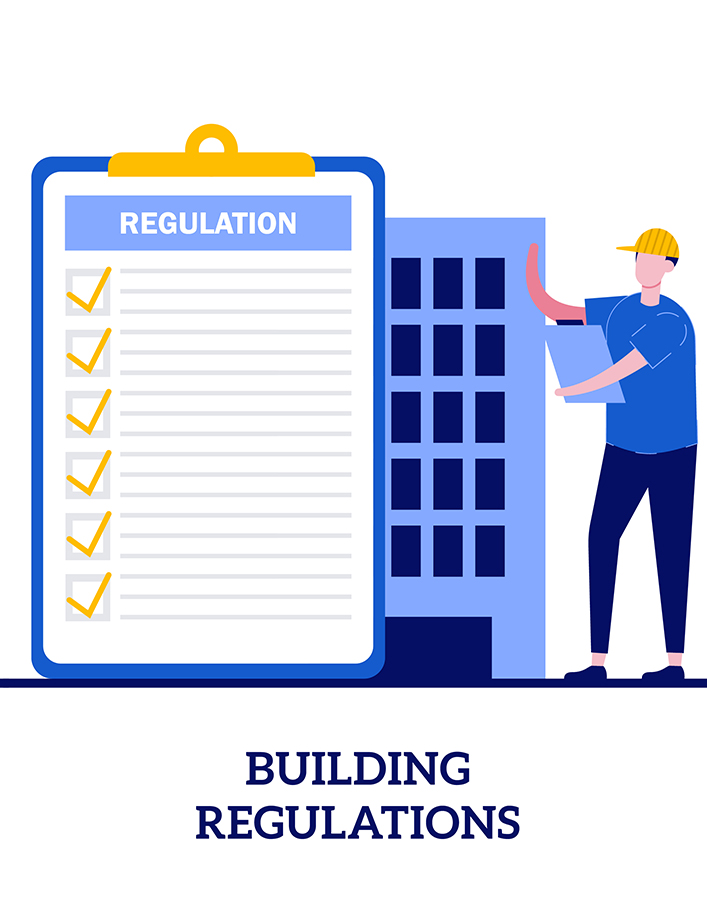
Understanding these factors will help you plan your budget more effectively and make informed decisions. Let’s take a closer look at what influences the cost of relocating plumbing in your kitchen.
1. Complexity of the Project: The complexity of moving plumbing is one key factor that affects costs.
If you’re simply shifting a sink or dishwasher within close proximity, it may be relatively straightforward and less expensive compared to completely rearranging an entire kitchen layout.
2. Distance and Accessibility: The distance between existing water supply lines, drain pipes, and new locations plays a role in determining costs as well.
Longer distances often require additional materials such as piping or connectors, which can increase expenses accordingly.
3. Type of Fixtures Being Moved: Different fixtures have varying levels of complexity when it comes to relocation costs.
For example, moving sinks typically involve disconnecting water supply lines and drain pipes while ensuring proper sealing upon reinstallation – all contributing to labor time and associated expenses.
- Costs for Additional Materials: Depending on how extensive the plumbing move is within your kitchen space; there may be additional material requirements such as new piping or connectors needed for proper installation at new locations.
- Permit Requirements & Building Regulations : In some cases where significant changes are made during remodeling projects involving major pipe rerouting , permits might be required by local authorities . These permits usually incur fees which should also be considered when calculating total project costs .
By considering these factors upfront before embarking on any major changes with regards to relocating plumbing in your kitchen ,you’ll have a better understanding about potential expenses involved.
“Impact of Kitchen Size and Layout On Plumbing Cost”

As you embark on this project, it’s important to consider how these factors can impact your budget.
A larger kitchen typically requires more extensive plumbing work due to the increased number of fixtures and appliances. Moving pipes, drains, and supply lines over longer distances may be necessary, which can result in higher labor costs.
Larger kitchens often have more complex layouts with multiple sinks or dishwashers that need to be relocated.
On the other hand, smaller kitchens may seem like they would incur lower costs for plumbing moves. However, compact spaces can present their own challenges as well.
Limited access points or tight corners might require extra effort from plumbers when rerouting pipes or installing new connections.
Furthermore, the overall layout of your kitchen affects how easily plumbing modifications can be made. If you’re planning a complete overhaul where walls are being moved or removed entirely for an open-concept design change – expect additional expenses as plumbers will need to adjust piping accordingly.
“How Distance Affects Plumbing Move Costs”
The further you need to move pipes, drains, or supply lines, the more complex and time-consuming the process becomes.
Imagine this: You’ve decided to transform your kitchen by relocating both your sink and dishwasher across the room. However, keep in mind that moving these fixtures requires rerouting water supply lines as well as drainpipes.
If they are currently located near each other or close to where you want them relocated, then you’re likely looking at a relatively straightforward job with lower costs involved.
On the other hand, if there is considerable distance between their current position and desired location – perhaps on opposite sides of your kitchen – be prepared for higher expenses. Moving plumbing over long distances often involves additional labor hours due to extensive pipe rerouting or even installing new pipes altogether.
Moreover, increased material requirements can also contribute significantly to costs when dealing with longer distances during a plumbing move. Additional lengths of piping may be needed along with connectors and fittings necessary for proper installation.
It’s important not only to consider how far apart these fixtures will be but also take into account any obstacles that might come into play during relocation such as walls or cabinets that could impede access for running new pipes efficiently.
“Importance of Location in Cost Calculation”

The position of your kitchen within your home plays a vital role in determining how complex and costly it will be to relocate plumbing fixtures.
If you’re planning to move plumbing on an exterior wall, where access to water supply lines and drain pipes is relatively straightforward, you may find that the costs are lower compared to relocating plumbing on an interior wall. Interior walls often require more extensive work as they may involve rerouting pipes through ceilings or floors.
Consider whether there are any obstacles hindering easy access for plumbers. For instance, if there are multiple floors above or below your kitchen space or if there’s limited crawl space beneath the floorboards, these factors can increase labor costs due to additional time and effort required for pipe installation.
Moreover, take into account proximity when moving fixtures such as sinks or dishwashers. If you plan on relocating them far from their original positions within the kitchen layout (e.g., placing them against opposite walls), this could result in higher material and labor costs due to longer pipe runs needed for water supply lines and drainage connections.
“Cost of Moving Sinks and Dishwashers”
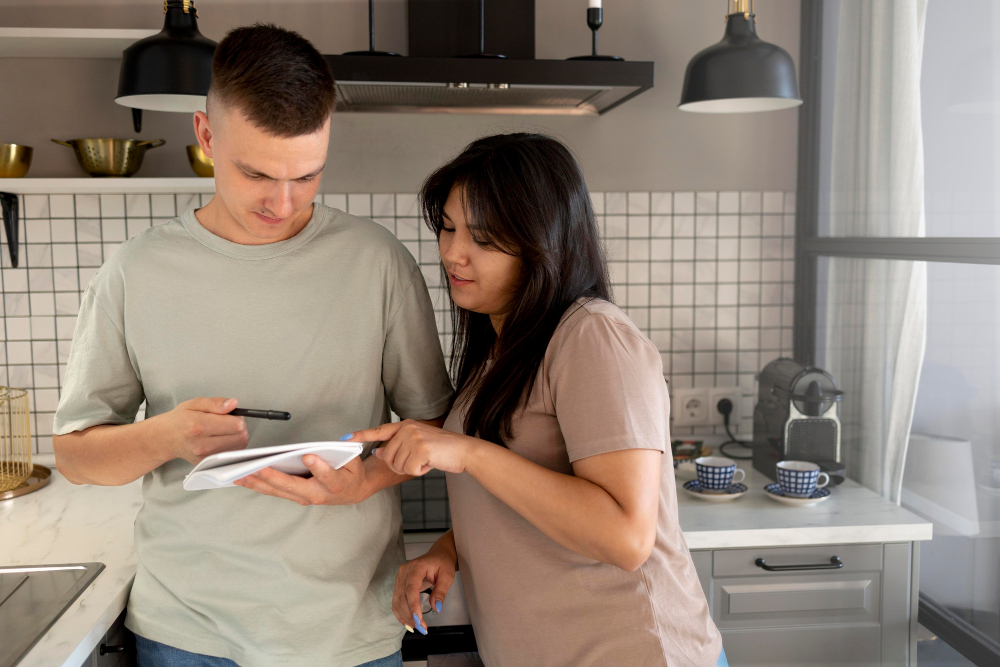
Whether you’re looking to change its position or install a new one altogether, understanding the cost implications is crucial.
The cost of moving sinks and dishwashers can vary depending on several factors. Firstly, if you’re simply relocating an existing sink within close proximity, such as shifting it from one side of your kitchen counter to another, the costs may be relatively lower.
However, if you’re planning a more extensive move that involves rerouting water supply lines and drainage pipes across longer distances or through walls and floors, expect higher expenses.
Similarly with dishwashers – their relocation costs will depend on how far they need to be moved within your kitchen space. If there are no major changes required in terms of plumbing connections or electrical wiring adjustments for both sinks and dishwashers during their move process then overall costs will remain lower compared to situations where significant modifications are needed.
It’s important not only to consider labor charges but also additional materials like pipes fittings connectors valves etc., which might be required during this process as these can contribute significantly towards overall expenses.
To get an accurate estimate for moving sinks and dishwashers in your specific situation it’s recommended reaching out professional plumbers who can assess your requirements provide detailed quotes based on factors such as distance complexity time involved permits needed etc.
“The Role of Sink Size in Cost”
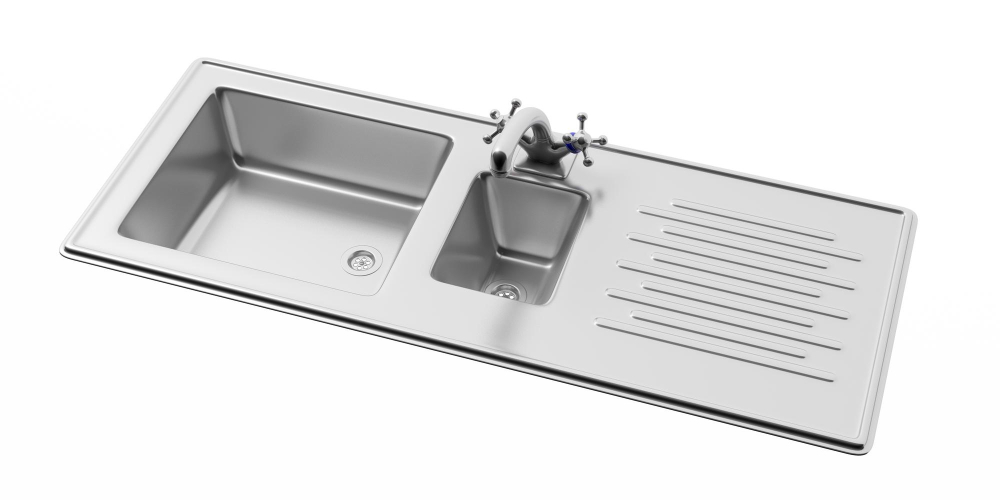
Larger sinks typically require more extensive plumbing work and may involve additional materials and labor.
If you’re planning to upgrade from a small single-bowl sink to a larger double-bowl or farmhouse-style sink, be prepared for potential adjustments in your budget. The increased size of these sinks often necessitates modifications to existing water supply lines, drainage systems, and even countertop cutouts.
Larger sinks may require reinforcing cabinets or countertops due to their weight. This structural reinforcement can add extra costs as well.
It’s important not only to consider the physical dimensions of the new sink but also its style and design features. For example, undermount sinks are installed beneath the countertop surface which requires precise cutting and sealing techniques that can increase installation expenses compared with drop-in or top-mount options.
To accurately estimate how much moving plumbing for a larger sink will cost you should consult with professional plumbers who can assess your specific situation based on factors such as current infrastructure layout and local building codes.
“Cost of Moving Refrigerator Water Lines”
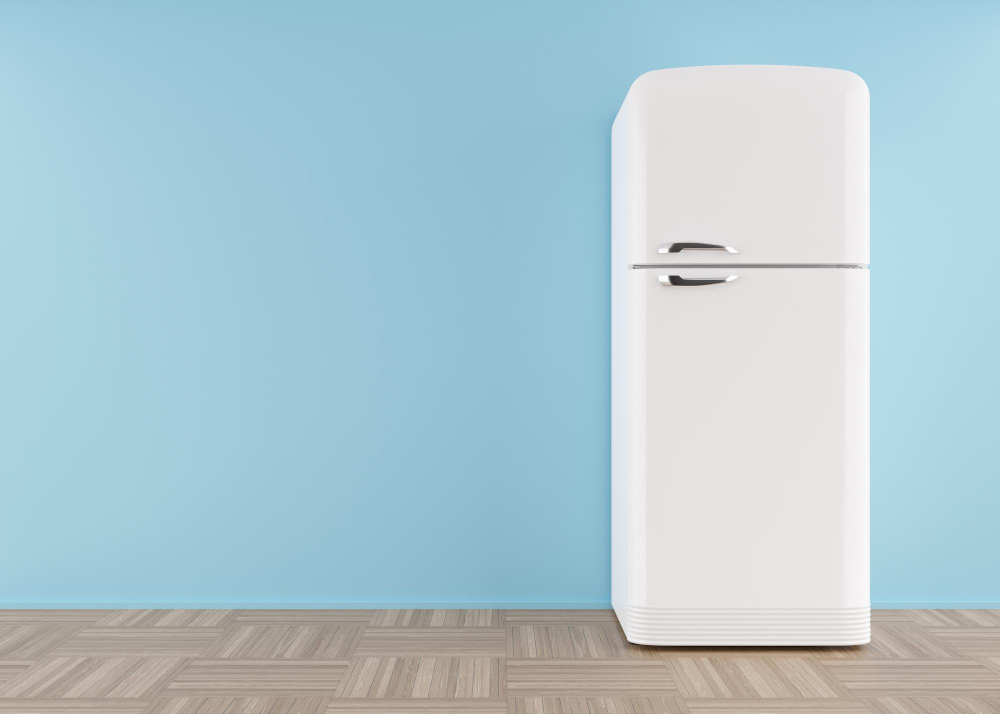
It’s important to consider the cost implications before diving into this project.
The cost of moving refrigerator water lines will depend on several factors. Firstly, the distance between the current location of your fridge and its new position plays a significant role.
The longer the distance, the more materials and labor may be required, resulting in higher costs.
If you’re relocating your fridge to an area where there are no existing water lines or outlets nearby, you’ll need to factor in additional expenses for installing new plumbing connections. This could involve running pipes through walls or under floors which may require professional assistance.
Another consideration is whether you choose a licensed plumber or attempt a DIY approach when moving refrigerator water lines. While doing it yourself might seem like a money-saving option initially, mistakes can lead to costly repairs down the line if not done correctly.
It’s also worth noting that certain types of refrigerators require specific installation requirements that could impact costs further. For example, some models have built-in filtration systems that need proper connection and setup by professionals who are familiar with these appliances’ specifications.
“Shifting Gas Lines for Stoves: The Costs Involved”
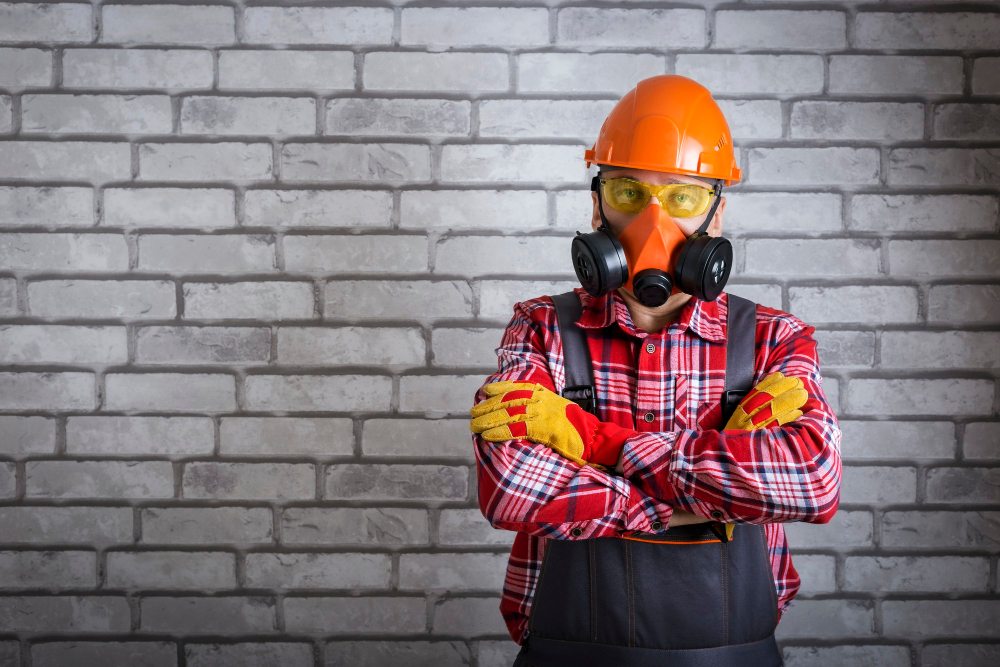
If you’re planning a kitchen remodel that involves relocating your stove or installing a new one, understanding the costs involved is crucial.
Shifting gas lines requires professional expertise due to safety concerns and compliance with building codes. The cost of this task can vary depending on several factors such as the distance of relocation, accessibility of existing gas lines, and local labor rates.
In general, moving a gas line for a stove can range from $500 to $2,000 or more. This includes expenses related to labor charges for disconnecting and reconnecting the line safely while ensuring proper ventilation and adherence to regulations.
Additional costs may arise if modifications are needed in order to extend or reroute existing pipes. For example, if your new stove location requires extending an existing pipe by several feet or routing it through walls or cabinets where no previous connection existed before; these adjustments will add extra expenses due to materials required (such as additional piping) along with increased labor time.
It’s worth noting that hiring licensed professionals who specialize in working with natural gas systems is essential when dealing with any changes involving gas lines. They have the necessary knowledge and experience not only in handling delicate connections but also ensuring everything meets safety standards set by local authorities.
“Understanding Cooker Installation Costs”
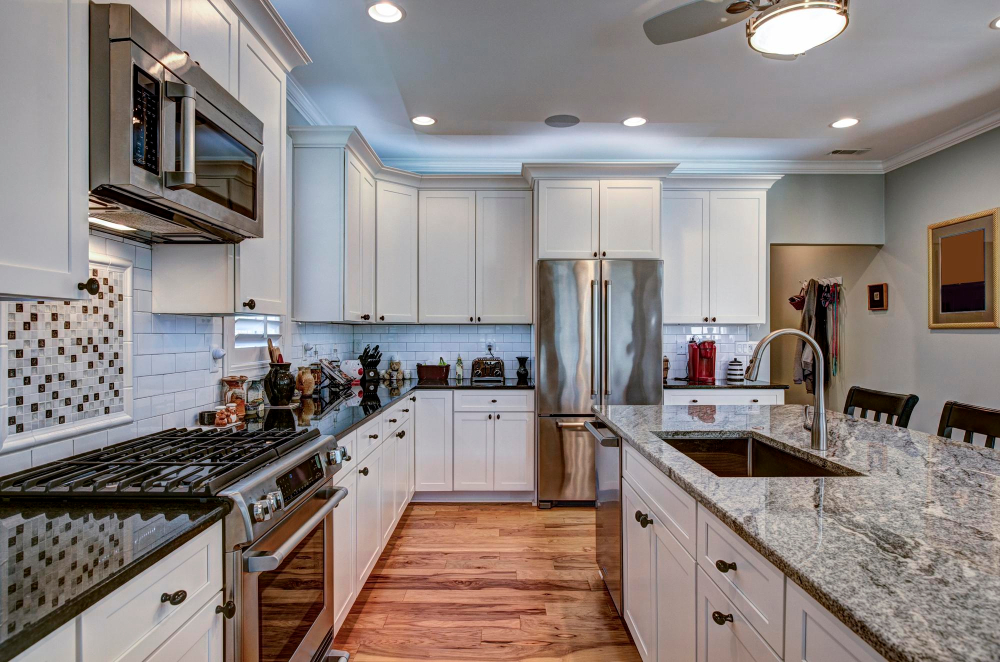
The cost of installing a new cooker or relocating an existing one can vary depending on several factors.
Firstly, the type of cooker you choose will impact the installation cost. Electric cookers are generally easier and less expensive to install compared to gas cookers.
Gas installations require additional safety measures and may involve running new gas lines or extending existing ones, which can increase both labor and material costs.
Secondly, if you’re moving your cooker within the kitchen space rather than installing a completely new one, there may be additional expenses involved in disconnecting and reconnecting gas lines or electrical wiring. This requires professional expertise to ensure proper disconnection without any damage.
Furthermore, accessibility plays a role in determining installation costs as well. If your kitchen has limited access due to narrow doorways or tight corners that make it difficult for professionals to maneuver large appliances like cookers into place, extra time and effort will be required for successful installation.
Lastly but importantly is whether any modifications need to be made during the process such as adjusting cabinets or countertops around the location where you want your cooker installed. These modifications could add extra expenses beyond just connecting utilities.
“Cost Breakdown of Replacement Parts for Plumbing Move”

As you plan your budget for this project, it’s essential to factor in the expenses associated with purchasing new components.
The specific replacement parts required will depend on the extent of your plumbing move and any changes you’re making to fixtures or appliances. Some common replacement parts that may be needed include pipes, fittings, valves, connectors, and drain assemblies.
Pipes: If you’re relocating water supply lines or drainage pipes within your kitchen space, you’ll likely need new lengths of pipe. The cost will vary depending on factors such as material (copper vs PVC), diameter size needed for adequate water flow and pressure requirements.
Fittings: Fittings are necessary for connecting different sections of pipe together securely. These can include elbows, tees (T-shaped connectors), couplings (straight connectors), reducers (to change pipe sizes) among others.
The number and type of fittings required will depend on the complexity of your plumbing layout changes.
Valves: Valves play a crucial role in controlling water flow within a system. You may need shut-off valves near sinks or appliances like dishwashers or refrigerators with ice makers that require separate connections from main supply lines.
Connectors: Connectors are used when joining various components together—for example attaching faucets/sinks/dishwashers/toilets etc., they come in different types such as compression fitting/quick connect fitting/threaded adapters etc., each having its own price range based upon quality/materials used. Drain Assemblies: If there are modifications being made to sink locations or adding additional drains due to layout changes then drain assemblies including traps/p-traps/tailpieces would be necessary which also have their own costs involved.
It’s important not only to consider these individual costs but also ensure compatibility between existing systems and newly purchased replacements during installation process by consulting with a professional plumber.
“Breakdown of Material Costs”

While labor costs are a significant factor, materials also play a crucial role in determining the overall expenses.
The specific materials required will depend on the extent of your plumbing relocation project. Common materials include pipes, fittings, valves, connectors, and sealants.
The cost of these items can vary depending on factors such as material quality and brand.
For example, if you’re relocating water supply lines or drains for sinks or dishwashers, you’ll need new pipes and fittings to connect them properly. Copper pipes tend to be more expensive than PVC or PEX alternatives but offer durability and longevity.
Consider any specialized components needed for gas lines if you’re moving a stove or cooktop that requires gas fueling. Gas-specific connectors may be necessary along with appropriate valves and adapters.
It’s important not to overlook smaller items like sealants or joint compounds used during installation as they contribute to both functionality and aesthetics while ensuring leak-free connections between various plumbing components.
“Permit Costs for Moving Kitchen Plumbing”
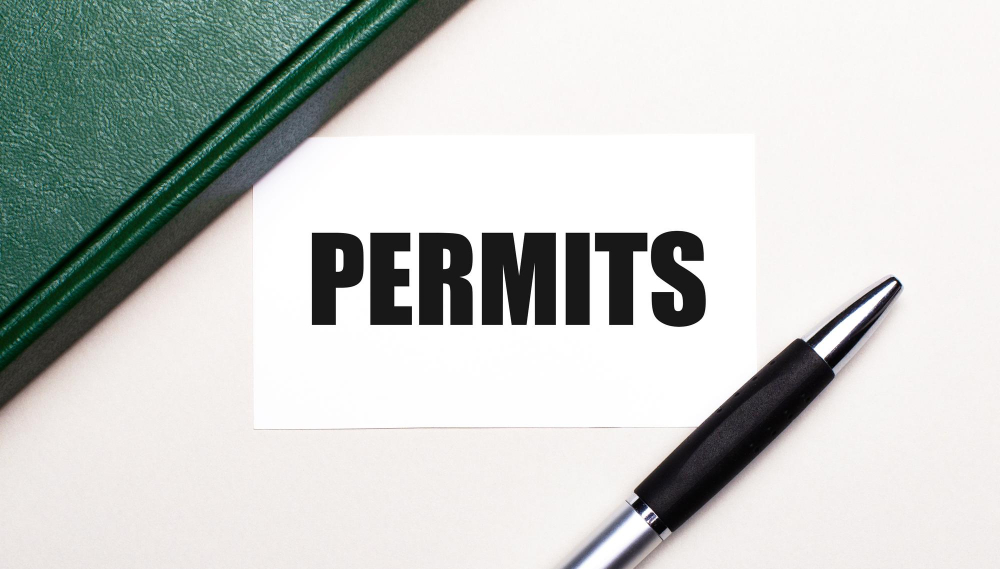
Permit costs can vary depending on your location and the extent of the plumbing work being done. These permits are typically required to ensure that any changes made to your kitchen’s plumbing meet local building codes and regulations.
Before you start any major renovations or hire a professional plumber, it’s crucial to check with your local municipality or building department regarding permit requirements for moving kitchen plumbing. They will provide you with specific information about what permits are needed and how much they will cost.
The cost of these permits can range from a nominal fee to several hundred dollars, depending on where you live and the complexity of the project. Keep in mind that these fees may also include additional charges for inspections throughout various stages of construction.
While permit costs may seem like an added expense, they serve an essential purpose in ensuring safety standards are met during construction projects. By obtaining proper permits, you protect yourself from potential legal issues down the line if unpermitted work is discovered during property inspections or appraisals.
It’s worth noting that some homeowners choose not to obtain proper permits when making changes within their homes due to misconceptions about saving money or avoiding bureaucratic processes. However, this approach can lead to significant consequences such as fines or even having renovation work halted until all necessary approvals have been obtained.
“Building Regulations & Planning Permission Considerations”

These regulations are put in place to ensure the safety and functionality of your home, as well as compliance with local laws.
Before you start any major plumbing work, it’s crucial to check with your local authorities or consult a professional plumber who is familiar with the specific regulations in your area. They will be able to guide you on what permits or permissions may be required for moving plumbing fixtures such as sinks, dishwashers, gas lines for stoves, or refrigerator water lines.
In some cases where extensive changes are being made to the layout of your kitchen or if you live in a listed building or conservation area, obtaining planning permission might also be necessary. This is especially true if there are external alterations involved that could impact the overall appearance of your property.
Failing to comply with these regulations can result in fines and even legal consequences down the line. It’s always better to err on the side of caution and ensure that all necessary permissions have been obtained before proceeding with any significant modifications.
“Professional Plumbing Services Vs DIY: A Cost Analysis”
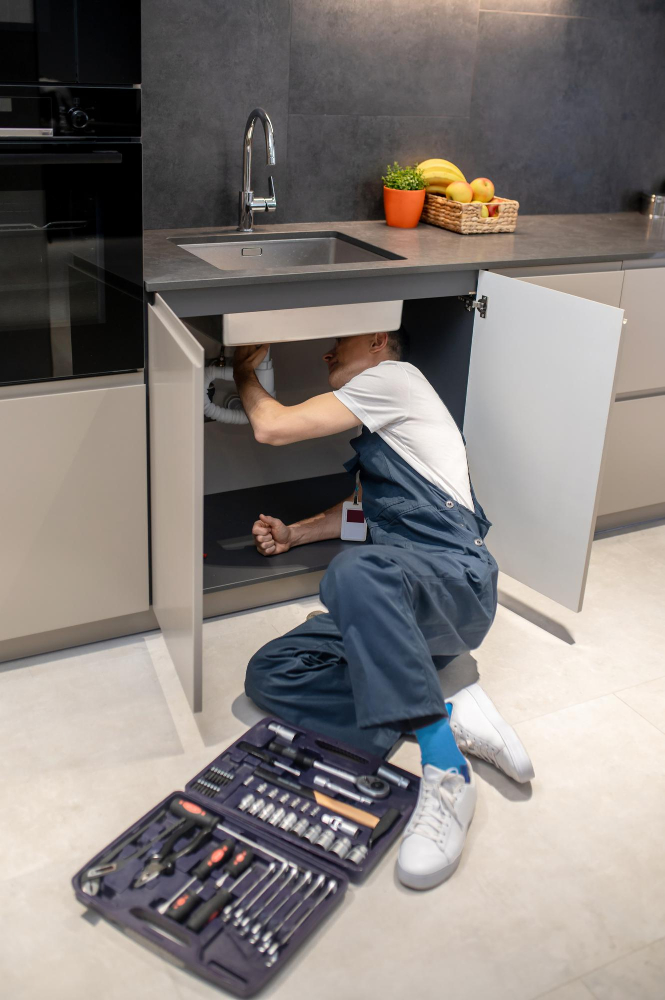
While DIY projects can be rewarding and cost-effective in some cases, it’s important to carefully consider whether tackling the plumbing move on your own is the right choice for you.
Professional plumbing services bring expertise and experience that can ensure a smooth and efficient process. They have specialized knowledge of building codes, regulations, and best practices when it comes to relocating pipes, installing new fixtures or appliances, and ensuring proper connections.
While hiring professionals may come with an upfront cost that DIY enthusiasts might want to avoid initially, there are several factors worth considering before making a decision:
- Expertise: Professional plumbers have extensive training in their field. They possess the necessary skills required for complex tasks like rerouting water lines or gas pipes safely without causing damage or leaks.
- Time: Moving kitchen plumbing involves careful planning and execution which can be time-consuming if you’re not familiar with the process. Professionals will efficiently handle all aspects of the job while allowing you more time for other essential tasks during your kitchen renovation.
- Safety: Plumbing work requires working with potentially hazardous materials such as gas lines or dealing with pressurized water systems; mistakes could lead not only costly repairs but also pose safety risks.
- Cost Analysis: While professional services do come at an expense upfront compared to doing-it-yourself approach; they often provide long-term savings by avoiding potential mistakes leading expensive repairs down-the-line.
“Choosing the Right Plumbing Company: Price Considerations”

Not only do you want a team of professionals who can handle the job efficiently and effectively, but you also need to consider price considerations.
While it may be tempting to go with the cheapest option available, keep in mind that quality should never be compromised when it comes to something as important as your home’s plumbing system. Hiring an inexperienced or unreliable plumber could end up costing you more money in the long run if mistakes are made or if repairs are needed due to subpar workmanship.
Instead of solely focusing on price, consider these factors when selecting a plumbing company for your kitchen project:
1. Experience and Expertise: Look for plumbers who have extensive experience specifically with kitchen remodeling projects and moving plumbing systems.
They should have a solid track record of successfully completing similar jobs.
2. Reputation: Research online reviews and ask for recommendations from friends or family members who have recently had their kitchens remodeled or their plumbing moved.
A reputable company will likely have positive feedback from satisfied customers.
3. Licensing and Insurance: Ensure that any plumber you hire is properly licensed by checking with local authorities or professional organizations such as trade associations for plumbers in your area (if applicable).
Verify that they carry adequate insurance coverage so that both parties are protected against any potential accidents during the project.
4. Written Estimates: Obtain written estimates from multiple companies before making a decision; this will allow you to compare prices while also considering other factors like reputation and expertise mentioned earlier.
“Hidden Costs in Moving Kitchen Plumbing”

These unexpected expenses can quickly add up and blow your budget if you’re not prepared. It’s essential to be aware of these potential hidden costs so that you can plan accordingly.
One common hidden cost is the need for structural modifications. Depending on the extent of your plumbing move, you may find that walls or floors need to be opened up in order to access and reroute pipes.
This could involve removing drywall, tiles, or even cabinets, which will incur additional repair and remodeling expenses.
Another factor contributing to hidden costs is the age of your home’s existing plumbing system. Older homes may have outdated materials such as galvanized steel pipes or lead solder joints that require replacement during a plumbing move for safety reasons.
Upgrading these components adds an extra expense but ensures a more reliable and efficient system in the long run.
Unforeseen complications during the process can arise once work begins behind those kitchen walls—issues like corroded pipes discovered upon inspection or unexpected wiring conflicts with electrical systems nearby might necessitate further repairs by professionals from different trades.
Permit fees are another consideration when moving kitchen plumbing; they vary depending on local regulations but should always be factored into your budgeting process upfront since failure to obtain necessary permits could result in fines later on down-the-line!
To avoid any surprises along the way when relocating kitchen plumbing lines consider consulting with a professional plumber who specializes in this type of work before starting any renovations – their expertise will help identify potential challenges early-on while providing accurate estimates based on specific project requirements.
“Considerations for Budgeting Your Kitchen Plumbing Move”

By carefully planning and considering these factors, you can ensure that you allocate the appropriate funds for this project.
Firstly, it’s crucial to assess the complexity of the plumbing move. The more intricate and extensive the changes required, such as rerouting pipes or installing new lines, the higher the cost will likely be.
If your kitchen has multiple fixtures like sinks or dishwashers that need to be relocated individually, each one will contribute to an increase in expenses.
Another key consideration is whether you plan on hiring professional plumbers or tackling some aspects of the project yourself. While DIY work may seem like a cost-saving option initially, it’s essential to evaluate your own skills and expertise realistically.
Mistakes made during a DIY plumbing job can lead not only to additional costs but also potential damage down-the-line if not done correctly.
Furthermore, don’t forget about any necessary permits or building regulations that may apply when moving kitchen plumbing. Depending on where you live and what specific changes are being made within your home’s infrastructure (such as altering gas lines), obtaining permits could incur additional fees.
Lastly but importantly: always account for unexpected expenses! It’s wise practice when budgeting any home improvement project since unforeseen issues often arise during renovations – especially those involving complex systems like plumbing.
“Tips to Save Costs When Moving Kitchen Plumbing”

There are several tips and strategies you can employ to help save money during this process. By being mindful of these cost-saving measures, you can ensure that your kitchen remodeling project stays within budget without compromising on quality.
1. Plan Ahead: Before starting any work, carefully plan the new layout of your kitchen and determine the exact changes needed for the plumbing system.
This will minimize unnecessary modifications and reduce labor costs.
2. Keep Fixtures in Place: If possible, try to keep major fixtures such as sinks or dishwashers in their current locations.
Moving them requires additional work like rerouting pipes and extending water lines which adds significant expenses.
3. Utilize Existing Plumbing Lines: Whenever feasible, utilize existing plumbing lines instead of installing new ones from scratch.
Reusing pipes not only saves money but also reduces demolition work involved with tearing down walls or floors.
4. DIY Demolition Work: Consider doing some demolition work yourself before hiring professionals for complex tasks like rerouting pipes or installing new fixtures.This way,you’ll be able to cut down on labor costs by reducing their workload.
5. Compare Multiple Quotes: Obtain quotes from multiple licensed plumbers before making a decision.Choosing an experienced professional who offers competitive pricing ensures that you get quality service at a reasonable price.
6. Salvage Materials: If certain materials such as faucets or valves are still functional after removal, consider salvaging them for reuse rather than buying brand-new replacements.This helps lower material costs significantly.
By implementing these cost-saving tips when moving plumbing in your kitchen ,you’ll be able to achieve both functionality and aesthetics while keeping expenses under control.Remember that careful planning,research,and smart decision-making play crucial roles throughout this process.
FAQ
How much does it cost to move kitchen plumbing UK?
The cost to move kitchen plumbing in the UK typically ranges between £400 – £750, depending on the extent of plumbing and renovation work required, with additional daily charges from plumbers and tradespeople usually set at £100-£150.
Is it difficult to move plumbing in kitchen?
No, it is not difficult to move plumbing in the kitchen, though considerations must be made for the sink drain venting.
How much does it cost to replace pipes under kitchen sink UK?
The cost to replace pipes under a kitchen sink in the UK generally ranges between £150 and £300, depending on the extent of the damage and the location of the pipe which may influence labour costs due to accessibility.
Do I need planning permission to move my kitchen to another room?
Yes, you may need planning permission to move your kitchen to another room if it involves the creation of a new extension, or the modification of drainage or walls within the kitchen.
What factors can affect the cost of moving kitchen plumbing in the UK?
The cost of moving kitchen plumbing in the UK can be affected by factors such as the complexity of the job, the distance of relocation, the current condition of the plumbing, the rates of the plumber, and the potential need for new parts and materials.
How long does it typically take to move plumbing in a kitchen?
Typically, moving plumbing in a kitchen can take between 3 to 5 days.
Can relocating a kitchen affect the house value in the UK?
Relocating a kitchen can indeed affect the house value in the UK.




